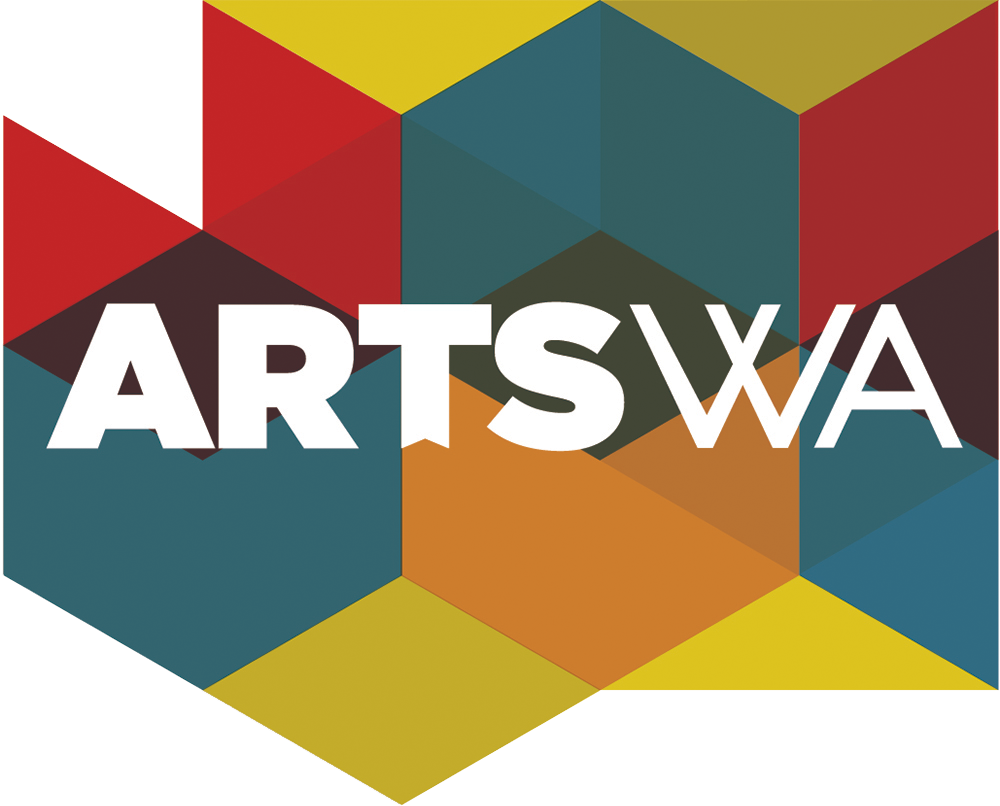The Return of the Four-Leggeds, 2003
Tom Otterness
American (born 1952)
Location: Northwest Museum of Arts & Culture, Spokane
ABOUT THE ARTWORK
Artist Tom Otterness created seven whimsical bronze sculptures for his installation The Return of the Four-Leggeds at the Northwest Museum of Arts and Culture in Spokane, Eastern Washington. The sculptures depict a band of animals attempting to buy the world back from the humans. The artist notes, "The Animal-People have come with a contract to buy the world from the Two-Leggeds. The weasel is negotiating with us while the Salmon-People prepare the way to return up-river. The marmot is already in the amphitheater munching on small change."
This artwork was acquired for the State Art Collection in partnership with .
ABOUT THE ARTIST
Tom Otterness is a Brooklyn-based sculptor known for his cartoonish animals and imaginary characters. The sculptures are often grouped together into small scenes and visual stories. Otterness’s artworks are installed in public spaces around the world, including several playgrounds. In the United States, you may have seen his sculptures at the Cleveland Public Library, New York City subway stations (14th Street and 8th Avenue), Phoenix Convention Center, San Francisco General Hospital, Wichita Art Museum, and more. His art is also found in the collections of the Museum of Modern Art (MOMA), the Whitney Museum of American Art, and the Guggenheim Museum, among many others.
ARTWORK DETAILS
| Material Category | Sculpture - uncoated ferrous metals |
| Medium | Bronze |
| Dimensions | 10 in x 11 in x 18 in |
| ID Number | WSAC2001.045.004 |
| Acquisition Method | Site responsive commission |
| Artist Location | New York, United States |
Location Information
| Agency | |
| Artwork Location | Northwest Museum of Arts & Culture Temporarily not on display. |
| WA County | Spokane |
| Placement | Exterior |
| Site Type | State Agency |
| Address | 2316 W First Avenue Spokane, WA 99201 |
| Geo. Coordinates | 47.657054, -117.445692 |
| Before Visiting | Some artworks may be located in areas not accessible to the general public (especially in K-12 public schools). Consider contacting the site prior to a visit to ensure access. |
| Map |
Related













_edited.jpg)